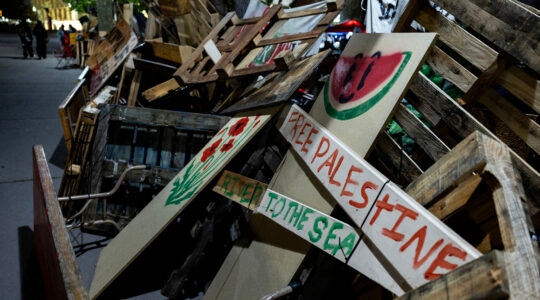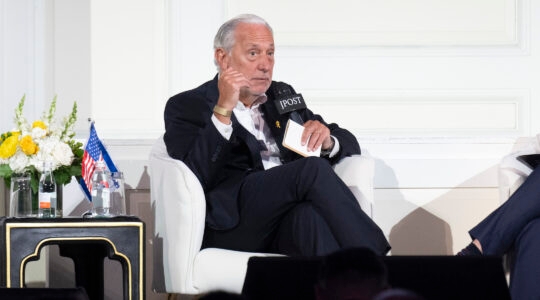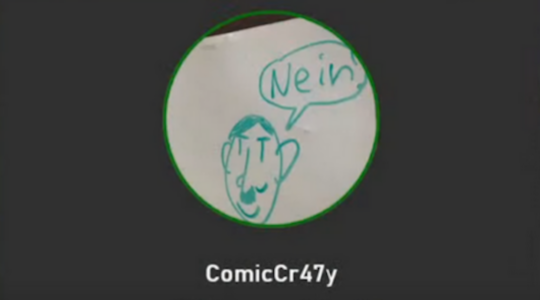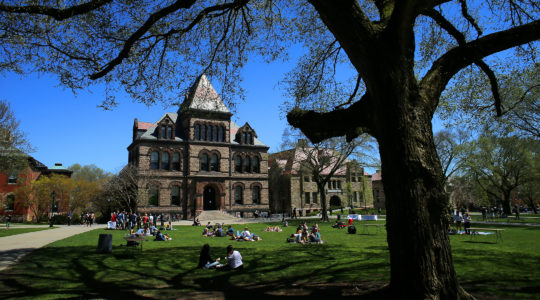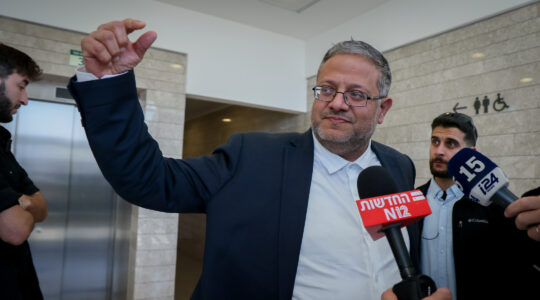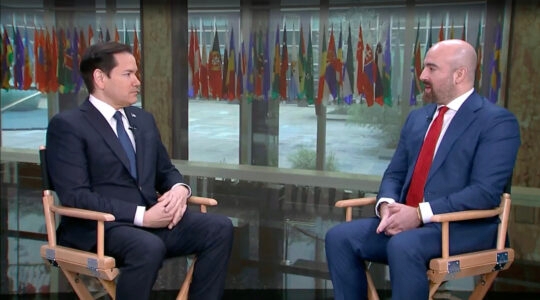Hillel has invested heavily in its Alternative Spring Break program, which this year will involve 1,300 college students from around the world spending their spring breaks engaged in Jewish service learning projects.
It is working with several Jewish groups that you’d expect — including the American Jewish World Service, Jewish Funds for Justice and the American Jewish Joint Distribution Committee — to send some students overseas and others to New Orleans. But it is also working with a very untraditional partner in City Year, a non-Jewish nonprofit, to send 140 students to some of the country’s worst neighborhoods in Los Angeles, New York and Miami.
Instead of soaking up the sun on the beach or getting soused in bars, the students spend a week engaged in community service projects, working with underprivileged communities and then learning about how and why what they are doing is an expression of their Judaism. The City Year participants spend a year, rather than a week, engaged in community service projects.
Hillel believes that its partnership with City Year, which it piloted last year in Tampa, is the first large-scale partnership between a Jewish and non-Jewish organization to create a Jewish service learning project.
On Tuesday, I caught up with 57 Hillel students from seven different colleges at the Overtown Youth Center in downtown Miami. The center, built by former Miami Heat star Alonzo Mourning, is in one of the city’s worst neighborhoods. The 20-block area, which was originally founded as a segregated, black neighborhood because of Miami’s Jim Crow laws, once was the center of black culture in the city. Now, though, it is overridden with drugs and has the highest violent crime rate in Miami.
With City Year, the Hillel students were working in the sun, building benches and tables for an outdoor classroom for nearby Dunbar Elementary school during the early part of each day this week. In the afternoon, they were tutoring students at Overtown. At night, they were taking part in reflective programs to talk about what they were doing and learning more about what it means to be poor.
They do have a bit of free time at nights and on Shabbat to actually see Miami a bit and, if they want, to experience some of its nightlife.
Depending on what subsidies each school is able to raise, it is a farily inexpensive way to enjoy what the students say is a meaningful experience. For instance, the students who came down to Miami from the University of Virginia each paid about $200 to participate, according to the UVA’s Hillel director, Jake Rubin.
While for most it is the first time that they have spent any extended time in a bona fide ghetto, it is also in many case an introduction to Jewish culture.
Ziev Beresh, for instance has an Israeli mother, but growing up in New Paltz, N.Y., the freshman at Michigan State University really doesn’t practice much Jewish ritual aside from lighting Chanukah candles, he told me during a break from bench building.
Though he is active with his campus Hillel, it is only a small part of his life — a part he sees primarily as a way to meet people. He has his Jewish circles and his non-Jewish circles.
He said he chose to come to Miami to do something meaningful with his free time. For the week, he is tutoring two kids, a fourth grader named Adom and a third grader named Javon. Adom wants to be a doctor, and Javon wants to be a football player. Beresh is learning that despite their situation in one of the country’s worst neighborhoods, they are basically normal kids.
“I expected them to be sad or upset,” he said of the kids. “But they were fun and are great kids.”
Fundermentalist’s Take: There is something of a debate going on right now about the merit of Jewish service learning projects. A couple of weeks ago, Jack Wertheimer openly questioned whether the Jewish community should be spending money on creating service projects that help non-Jews when the Jewish community has so many internal needs. He took aim at the multimillion dollar endeavor Repair the World, a nonprofit that aims to help create a movement around projects like Alternative Spring Break. Repair the World shot back that Wertheimer is dead wrong — that, in fact, the organization is spending millions to help build Jewish identity and also to help Jews in need as well as non-Jews. You can read Wertheimer’s original argument at Commentary and Repair the World’s response at The Fundermentalist blog. Plus, check out Gary Rosenblatt’s column in The New York Jewish Week.
Seeing one of these programs firsthand, it strikes me that the question isn’t so much about whether the children being helped are Jewish or not, but how far Hillel is able to bring participants out of their privileged shtetls.
There is no way to beat around the bush, so I will say this as sensitively as possible: For the most part, the kids on these trips are very privileged and seem pretty sheltered. And they are certainly doing something worthwhile and should be applauded for eschewing a week of debauchery on Miami Beach for a community service project in Miami.
Even in one of the country’s worst ghettos, they are clearly still very much protected. Yes, they are meeting poor kids during the day and they are hearing panelists made up of former homeless people at night, which is great. And yes they are outside of their element. Beresh, the MSU freshman with whom I spoke, said that it felt dangerous when the whole group of kids walked from the youth center to Dunbar Elementary the day before. “People were staring at us because we were white,” he said.
Steven Scheck, the incoming chairman of the federations system’s young leadership cabinet, who was checking out the program with a number of other lay leaders on Tuesday, grew up in Miami and has spent his whole life there. Tuesday marked the first time he had done anything more than drive through Overtown. “Its just a place you don’t go, because you don’t consider it to be safe,” he said.
But in a discussion session with students from MSU, sitting in a circle on a field outside of the youth center, Wayne Firestone, Hillel International’s CEO, asked the 20 or so students if they felt they had taken a risk by coming to Miami. Almost all raised their hands. Good. They understand that even though they are staying at a Holiday Inn far away from the ghetto near the University of Miami, the people they are helping live in a dangerous part of town.
Then I asked a follow-up question: Who would consider coming to a place like this to volunteer alone or with one other person? Three raised their hands.
In the discussion, it was clear that most of the students felt that helping out the kids in Overtown was certainly a Jewish ideal. And the Hillel students certainly received an eye-opening introduction to a much harsher side of the world. But there is clearly a large chasm between where these Jewish students sat on the ground talking, as part of a one-week highly organized program, and the volunteers at City Year, who were roughly the same age yet had given a year of their lives to spend their time immersed in Overtown.
Firestone — whose largest budget item is immersive Jewish programming, such as the 10-day Birthright Israel and the weeklong Alternative Spring Break — acknowledges that there is a real question about making this more than just an “experience.”
Yet it still feels like many of the service learning projects the Jewish world is creating right now — and not just those involving Hillel — are more about the Jewish identity-building and experience-creating than the actual service being provided. (For instance, the federation system’s young leadership conference that I covered last March in New Orleans was billed as "Three days of community service, learning and discussion." Yet it featured only about 4 hours of actual community service.)
While all of these kids were willing to take the initiative to go on a trip to do service, in talking with them it also seems that they don’t necessarily perform service closer to their own campuses. Hammering home the point, 57 kids were flown into Miami this week and more will be flown in next week for this special project, but the Hillel at the University of Miami does not have any connection with City Year.
Several participants said that since they have been in Miami they have been talking about how to create volunteer opportunities back on their home campuses. And Firestone said that Hillel would like to make Miami and South Florida a hub for a broader City Year-Hillel partnership that would allow for more opportunities for local students.
The question worth pondering: Are the Jewish community’s priorities in the right place if we are spending millions of dollars convincing young people that doing good is a Jewish value, but only manage to do so if they are safely inside a bubble on a highly organized program, or if they are on a really neat trip?
JTA has documented Jewish history in real-time for over a century. Keep our journalism strong by joining us in supporting independent, award-winning reporting.
